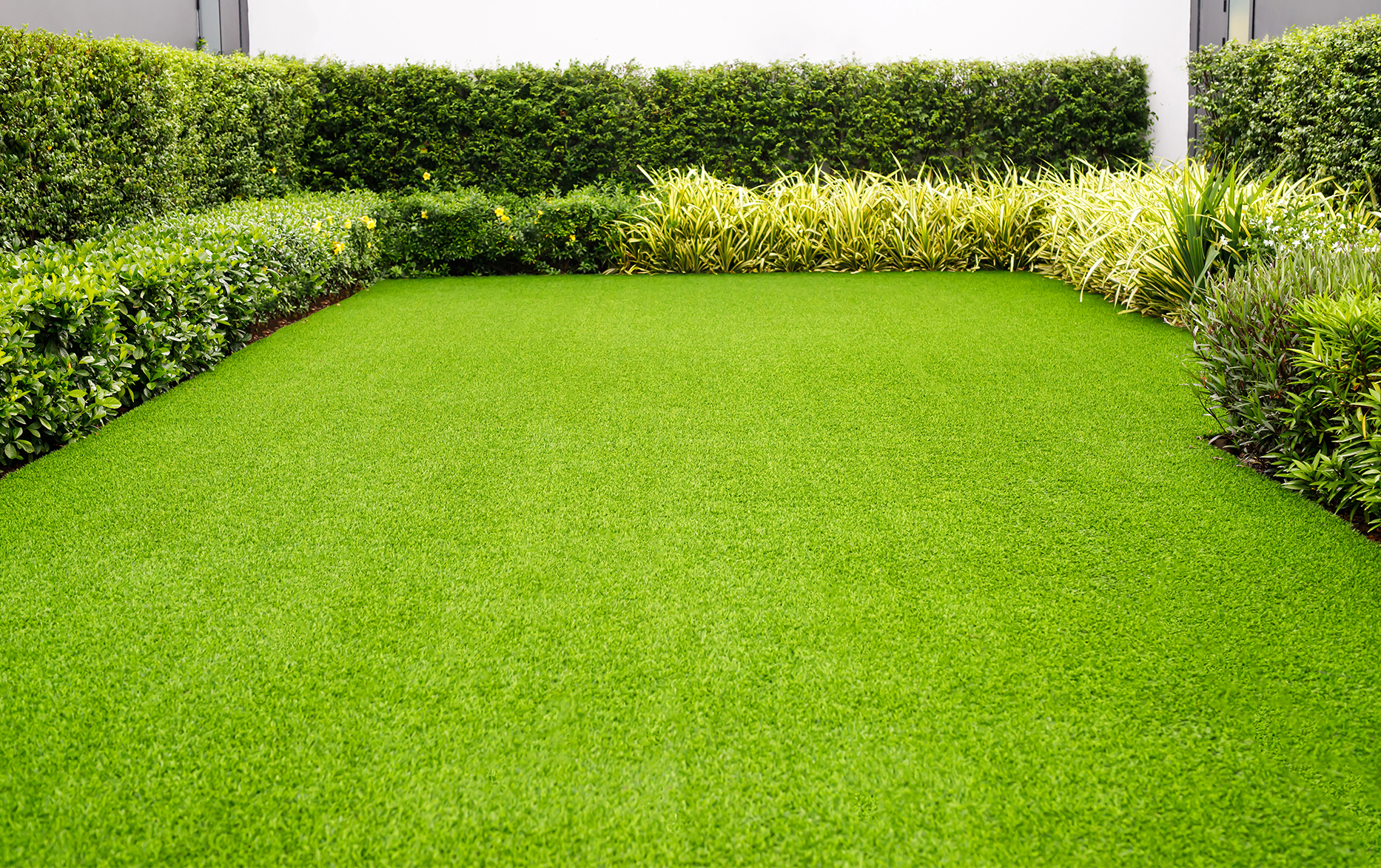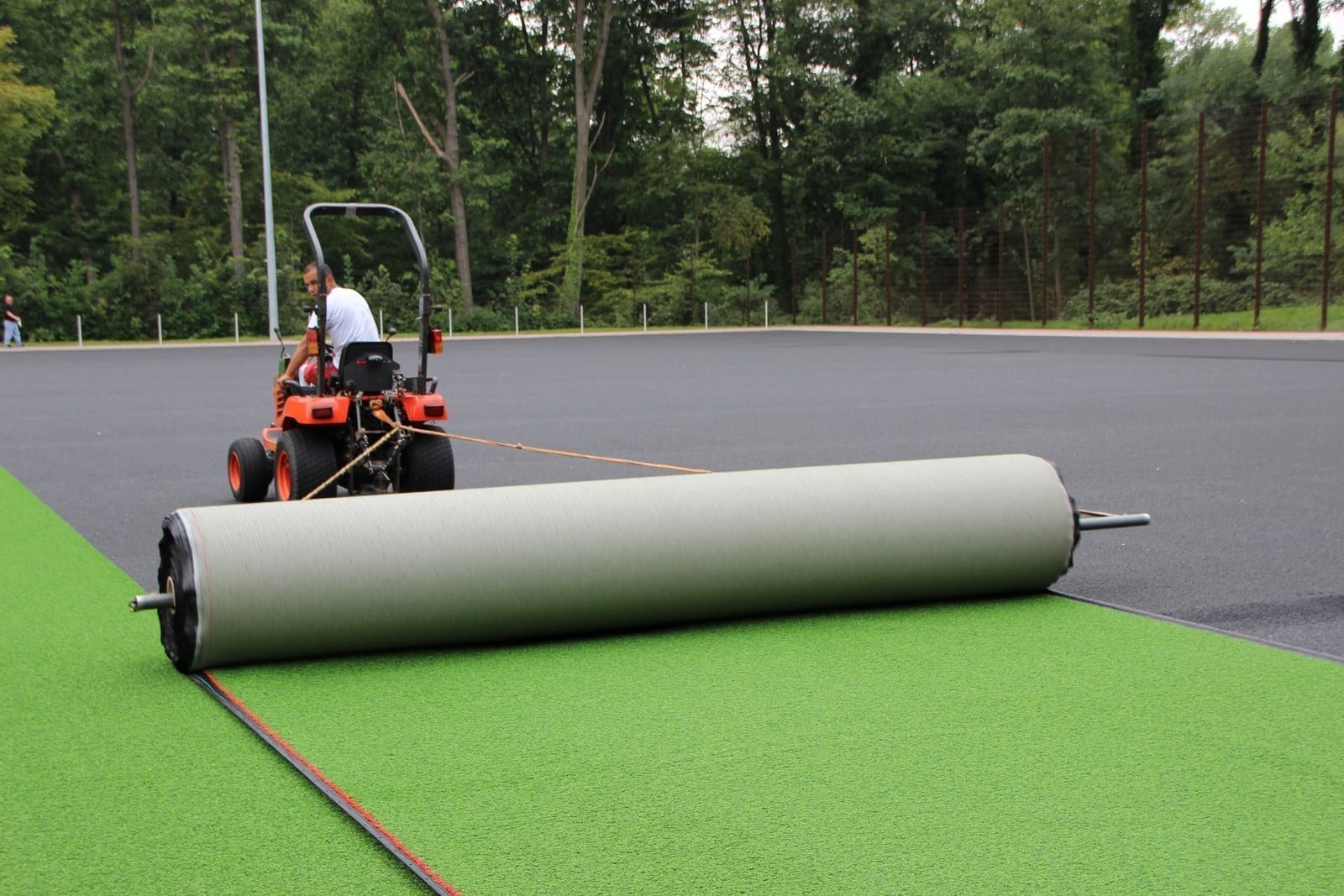Look Into the Environmental Perks of Opting for Synthetic Grass Solutions
The adoption of artificial lawn options presents a compelling chance to attend to pushing environmental difficulties. By considerably decreasing water use and minimizing the application of harmful chemicals, these choices not only promote lasting landscape design but additionally shield neighborhood ecological communities. In addition, the reduced carbon footprint connected with reduced maintenance activities contributes to a much more sustainable technique to land management. The ramifications of these advantages expand past simple conservation initiatives, increasing inquiries regarding their lasting impact on habitat preservation and total ecological balance. Discovering these measurements reveals a complicated interaction worth considering.
Water Preservation Conveniences
One of the most substantial benefits of fabricated turf is its capacity to save water. In contrast, fabricated turf does not require watering, dramatically minimizing the general demand for water resources.
By getting rid of the requirement for regular watering, fabricated grass adds to sustainable landscape practices and aids reduce the ecological impact of extreme water usage. Moreover, the preservation of water includes the reduction of runoff, which can lead to soil disintegration and waterway contamination.
Additionally, the setup of synthetic grass enables home owners and towns to designate water sources more effectively, concentrating on essential uses such as drinking water and agriculture. The change in the direction of synthetic grass not only promotes accountable water use yet also aligns with wider environmental objectives targeted at maintaining natural deposits.
As areas increasingly prioritize sustainability, the water conservation benefits of artificial turf provide a compelling situation for its adoption in domestic and industrial landscaping jobs.
Decreased Chemical Usage
The transition to synthetic grass considerably decreases the reliance on chemical treatments commonly used in natural yard upkeep. Typical lawn administration normally includes the application of fertilizers, herbicides, and pesticides to promote development and control bugs. These chemicals can present dangers to human health, neighborhood wild animals, and the atmosphere, adding to dirt and water contamination.
In contrast, fabricated turf removes the need for these unsafe compounds. By decreasing the release of artificial substances into the environment, artificial grass advertises healthier dirt and water systems.
In addition, the absence of chemical overflow related to fabricated turf installations aids secure local rivers from pollution, supporting marine life and maintaining biodiversity. Artificial turf companies phoenix. As areas increasingly prioritize lasting techniques, choosing synthetic grass offers a practical option that straightens with environmental conservation goals. With this change, home proprietors can appreciate lavish green spaces without jeopardizing environmental wellness, leading the way for a much more lasting future
Reduced Carbon Impact

Furthermore, the setup of man-made lawn can cause substantial water conservation. Natural yards need considerable quantities of water for watering, which not just contributes to the carbon footprint related to water extraction and treatment but also stress regional water see page resources. In contrast, synthetic grass requires very little upkeep, needing no watering, consequently dramatically reducing water usage and its linked power prices.
In addition, the long life of synthetic grass adds to its decreased carbon effect. With a life expectancy of as much as 15 years or more, the need for frequent substitutes is lessened, causing less waste and lower power usage in production and throwing away traditional turf choices. On the whole, man-made grass provides a sustainable alternative for ecologically mindful landscaping.
Environment Preservation
Habitat conservation is an important consideration in the argument over landscape design options, particularly when contrasting synthetic grass to all-natural lawn. Natural yard lawns frequently call for substantial maintenance, consisting of the use of herbicides, pesticides, and plant foods, which can adversely influence local ecosystems. These chemicals can seep right into the soil and rivers, harming indigenous flora and animals and disrupting neighborhood habitats.
On the other hand, artificial grass presents a chance to reduce the environmental impact of landscaping. By choosing artificial turf, home owners can minimize the interruption of all-natural habitats connected with typical lawn care techniques. Artificial grass removes the demand for harmful chemicals, therefore safeguarding close-by wild animals and preserving the honesty of bordering communities. In addition, the installation of synthetic grass can bring about the conversion of previous grass areas into more biodiverse landscapes, such as pollinator yards or indigenous plant locations, which can sustain neighborhood wildlife.
Eventually, the shift to synthetic grass not only preserves water and lowers upkeep efforts however also fosters an extra unified connection between human tasks and the all-natural atmosphere, promoting environment conservation in the process.
Long-Term Sustainability
Long-term sustainability is an essential consider examining the benefits of synthetic turf over traditional lawn yards. One of one of the most significant advantages of man-made lawn is its longevity; it can last up to 15-20 years with marginal maintenance, whereas natural turf calls for regular reseeding and replacement. This longevity lowers the requirement for constant sources, such as water, fertilizers, and chemicals, which are vital for maintaining a healthy and balanced grass yard.
Additionally, fabricated grass adds to a reduction in carbon exhausts connected with grass care tools. Conventional grass commonly call for gas-powered lawn mowers, trimmers, and blowers, every one of which contribute to air contamination. Arizona turf. On Related Site the other hand, fabricated grass removes the need for such devices, advertising a cleaner environment
Additionally, the production of synthetic grass increasingly uses recycled products, enhancing its sustainability profile. As makers take on environment-friendly techniques, the environmental footprint of man-made lawn remains to decrease.

Final Thought
The fostering of synthetic grass remedies provides considerable environmental benefits, including considerable water conservation, minimized reliance on unsafe chemicals, and a lower carbon impact. Synthetic lawn help in maintaining natural environments by minimizing land disturbance and advertising long-term sustainability through the usage of durable materials. Jointly, these variables underscore the capacity of fabricated turf to contribute favorably to ecological health and use a sensible alternative to standard landscape design techniques in an increasingly resource-conscious world.
In comparison, fabricated turf does not need watering, substantially lowering the overall demand for water resources. By decreasing the launch of synthetic compounds into the community, man-made lawn advertises much healthier soil and water systems.
Moreover, the installation of synthetic grass can result in significant water conservation. In contrast, synthetic grass needs very little maintenance, needing no watering, consequently substantially minimizing water use and its linked power expenses.
